|
The Scythians: Nomad Warriors of the Steppe
By Barry Cunliffe Published in December 2019 408 Pages Thibault’s Score: 4/5 The next period of history that I plan to study in depth is Central Asia from the time of Atilla the Hun (406 AD) until Timur (1405 AD) - a 1000 year period that roughly encapsulates the Middle Ages. In order to better contextualize the era, I decided to pick this book up to learn more about the semi-mythical scythians. At first, I worried that this book would be highly speculative and contain wild theories about the steppe nomad - many books about antiquity suffer from this problem. However, to my pleasant surprise, I discovered that Barry Cunliffe is careful not to speculate too much and has pretty good historiography. The scythians were the earliest known steppe nomads. Like the better understood Huns, Turks, or Mongols, the scythians used horse archery to dominate the steppes. “Scythian” is a Greek term used to describe the steppe peoples which has been passed down as the term to describe an archeological culture that existed from roughly 1000 BC until the early centuries AD. The written record of scythians is sparse. They left us no written record, although the sedentary peoples of Greece, Persia, India, and China have left written records about their civilization. These records consist mostly of sparse references. The scythians seem very primitive. Most groups don’t have agriculture. The groups that do mostly live in the forests. They do have some trade with sedentary cultures, with Greek and Chinese influence slowly spreading far throughout the steppes of Central Asia. Over time, the scythians become more centralized and militarized. By the 2nd and 3rd centuries AD, they come to be dominated by powerful subgroups that can militarily challenge the sedentarized peoples of Europe. A fascinating start to my deep dive into the history of the peoples of Central Asia. I recommend this book to anyone with a general interest in learning more about the history of the steppe peoples.
0 Comments
The Secret Life of Trees
By Peter Wohlleben Published in August 2018 176 Pages Thibault’s Score: 4/5 This book has been recommended to me by 4 or 5 different people, most notably my mother and my wife. Because I needed a break from history, I decided to pick it up. I have never found trees to be particularly interesting. Boy, was I wrong. Trees exist in a sort of naturally evolved neural network. They are highly responsive to their environment, and communicate via long and interconnected root systems and chemicals that they release in the air. Trees provide resources to help nurture their young, and continue to feed dead tree stumps so conserve the soil. They can even identify and eliminate cheaters who take advantage of what Wohlleben calls the “social security” of the first. Trees are not defenceless against predators. They release pesticides to ward off insects. In cases when these pesticides fail, some release chemicals that attract predators who hunt the insects. Many provide habitats for birds and creatures which eat their predators. Finally, Wohlleben explains why modern forestry fails. His arguments against forestry remind me of those made in Seeing Like a State. He explains how monocropping and policies that opt to grow fast growing conifers rather than indigenous trees hurts rather than helps the environment. Overall, this was a truly fascinating read. Next time I need a break from history, I will be sure to pick up some of Wohlleben’s other books. God Is Not Great
By Christopher Hitchens Published in 2007 336 Pages Thibault’s Score: 4/5 God Is Not Great is one of the last books written by the great Christopher Hitchens prior to his death in 2011. God Is Not Great is an always amusing and often thought provoking collection of arguments against all of the world’s largest and most well practiced religions. The writing is incredibly witty and entertaining - in terms of sheer entertainment value, then God Is Not Great is by far the most amusing book I’ve read so far in 2020. Hitchens’ arguments draw heavily on his lengthy career as a journalistic correspondent in the most war torn regions of the world. He points out that there is no evidence that, even by religious moral standards, religious people are any more or less moral than atheists. Hitchens then systematically tears apart the major religious texts of all religions - the old testament, the new testament, and the Quran. He points out the inconsistencies and highlights passages that are likely to have been written by different authors. Hitchens even spends some time to tear down modern New Age cults and “Eastern” branded guru religions. One very interesting thing that I didn’t know about Hitchens was that he used to be a Marxist in his youth. His morality and politics, at the time he wrote “God Is Not Great,” are painfully within the domain of mainstream Western liberalism. Strikingly, he discounts the lessons of the Social Darwinist authors of the early 20th centuries. He sees no value in pre-Darwinian and Galtonian religious attitudes that vaguely predict the philosophy of evolution by the sword. I have personally come to interpret the Abrahamic religions as injunctions to create an evolutionary advantageous society for irrational reasons for the followers of the great faiths. I think that all of Hitchen’s factual and logical arguments against religion are spot on. By contrast, Hitchens moral arguments assume an ethical system based on egalitarianism, empathy, and compassion. If Hitchens were to assume instead a “Might Makes Right” system of ethics as promulgated by luminaries such as Ragnar Redbeard, then all of his moral arguments fall flat. I would like to end this review by pointing out that I listened to the audiobook. The audiobook is read by Christopher Hitchens himself, and is incredibly well produced. Overall, I recommend this book strongly, especially for those among my friends who are strongly religious. Hitchens arguments are poignant, and bound to challenge even the most well informed believers. A Concise History of the Arabs
By John McHugo Published in September 2013 352 Pages Thibault’s Score: 1/5 After reading the introduction and first chapter, I knew everything that I needed to know about this book. Here are the three reasons why I did not finish reading this book: 1 - This book was written for politically motivated reasons. It doesn’t seek to be an objective history of the Arabs, but instead exists to advance a modern pro-tolerance 21st century agenda. 2 - I am not the target audience. This book is written for novices, not people who have spent the last 2 years studying Islam in depth. 3 - The goal of the book is to engage in vague discourse about Western civilization and the clash of civilizations. I already look at the world through a Eurasianist historical lens rather than a presentist Westernist or liberal lens, and therefore already agree with many of the conclusions The book might be good for other people, I do not know because I didn’t read it. But it wasn’t for me. Chronicles of the Crusades By Jean de Joinville and Geoffroy de Villehardouin, edited by Caroline Smith Published in 1207 (Villehardouin) and 1308 (Joinville), translated in 2009 400 Pages Thibault’s Score: 4/5 This book is a collection of different accounts of the crusades. It includes several accounts, the most notable being Jean de Joinville’s account of the crusades of King Saint Louis 9 and Villehardouin’s account of the sack of Constantinople during the 4th crusade. It also includes a detailed and epic account of the siege of Acre during the 3rd crusade. I decided to read this as the last of the major crusades history books I would read because I believed it would be the most difficult to understand. Following the events is nearly impossible without resorting to third party analysis by historians. However, there are so many fantastic memorable details and passages that are often lost in the accounts of modern historians. The book opens with an account of a pogrom against the Jews of England to celebrate the coronation of King Richard the Lionheart. The description of the pogrom is almost hilarious to modern readers, barring the fact that it describes the slaughter and abuse of innocent Jews. They describe Jews as engaging in human sacrifice to “their father the devil” and as “bloodsuckers.” The way that the authors describe the slaughter of the Jews as a cleaning, and chastise Winchester for sparing its Jewry is morbidly fascinating. There is also a list of miracles which occur during the siege of Acre during the third crusade. Most of the miracles detail ways that soldiers survived various events and attacks in improbable fashions. However, some of the miracles are hilarious to a modern audience. The most ludicrous is when the crusaders describe with joys how a Muslim Egyptian admiral accidentally drops a pot of Greek fire during a naval battle and burns off his penis. The description of Holy Roman Emperor Frederick Barbarossa is also fascinating. The authors basically write about him as if he were an actual Roman empire and the Roman empire never fell. They describe the generals of antiquity who fought against the Persians as “our generals” and describe the Persians as a strange sort of proto Muslims. The crusaders also use antiquity place names to describe their Muslim adversaries - for example, one Muslim archer is described as a “Parthian.” There are countless hilarious passages that just threw me into fits of uncontrollable laughter. King Richard the Lionheart and one of his political opponents within the crusader camp essentially engage in a medieval rap battle, writing disparaging poems about each other. Old Jewish men lure young boys to cross Europe so that they can cannibalize them. Most amusing though are the descriptions of Muslims, Jews, Greek Othodox people, and other non-Catholics. When studying history, reading primary accounts is extremely important. These accounts are often quite difficult to understand and interpret without first diving into the period. Especially accounts as old as these. A fascinating and enjoyable read - these accounts constitute of long and somewhat dull passages punctuated by exciting battles, fascinating anachronisms, and hilarious (by modern standards) descriptions of events. The Accursed Tower: The Fall of Acre and the End of the Crusades
By Roger Crowley Published in November 2019 272 Pages Thibault’s Score: 5/5 The Accursed Tower covers the last days of the Holy Land crusades and the ultimate defeat of the crusaders at the hands of the Mamluks during the battle of Acre. I’d like to preface the rest of my review by saying that this is one of the best books about the crusades that I have read. However, I do not believe it has much interest or value to an audience that hasn’t spent a significant amount of time studying the crusades and aquainting themselves with the topics at hand. During the 6th crusade, Holy Roman Emperor Frederick II purchases Jerusalem from the faltering Ayyubid dynasty. Without any bloodshed, Frederick II manages to recapture the city of God. The Holy Roman Emperor then returns to Europe, leaving Jerusalem undefended. As a result, 15 years later, Jerusalem once again falls back into Muslim hands. This triggers a desperate series of final crusades to recapture the holy land. The 7th, 8th, Baron’s, and 9th crusades all seek to restore Jerusalem to the crusader states. However, due to the lack of resources and poor coordination between European crusaders all fail to make significant gains. Some of the crusades succeed in delaying the inevitable, but none recapture Jerusalem. The situation becomes more dire due to an indirect chain of events triggered by the Mongol invasion. As Mongol armies ravage the heartland of Islam, there is a coup in Ayyubid Egypt. The decadent and complacent Ayyubid regime faces a slave uprising, and is taken over by the Mamluks. The Mamluks are hardened, mostly Turkish, slave warriors. Mamluk means The new Mamluk government immediately catches wind of the possibility of an alliance between the crusaders and Mongols. The Mamluks realize that such an alliance could possibly spell the end of Islam itself. So, seeking to prevent their enemies from uniting, the Mamluks realize that its time to wipe out the crusaders once and for all. The Mamluks proceed to raise the largest armies Islam has ever seen at this point (at least in the time since the Islamic golden age). They then systematically go from crusader stronghold to crusader stronghold, perpetuating a genocide against the infidels. The last crusader bastion to fall is Acre. However, Acre is divided internally. The crusaders have been caught up in civil wars and suffer from internal discord. As a result, Acre is rapidly overwhelmed by Muslim forces. All of the men are killed. The surviving women and children are sold into sex slavery. The fall of Acre marks the end of the crusades. I cannot help but feel a certain sense of justice. The genocide perpetrated by the Mamluks against the crusaders is a far cry from the mercy and decency of Saladin. It, if anything, echoes the early conquests of the crusaders and the sacks of cities like Antioch and Jerusalem. This is an excellent history book for those who have enough background information to follow what is going on. For those with less knowledge of the crusades, frequent visits to Wikipedia might be necessary to properly follow the action. It is also the only book that focuses primarily on the end, rather than beginning, of the crusades. A must read for anyone who wants to know how the crusader states finally come to an end. |
Thibault SerletMost of my articles are book reviews, but I also write about many other topics. Archives
December 2023
Categories |
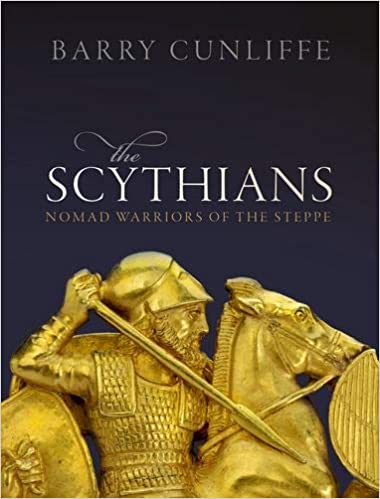
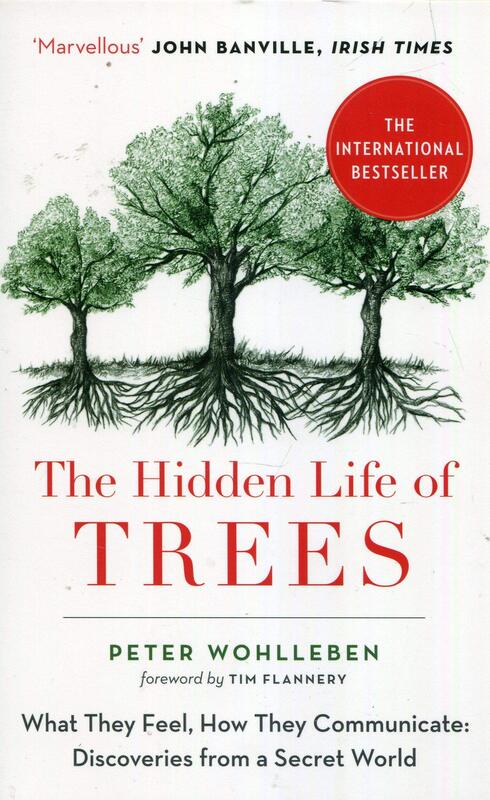
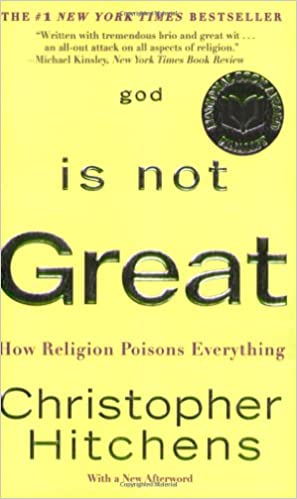
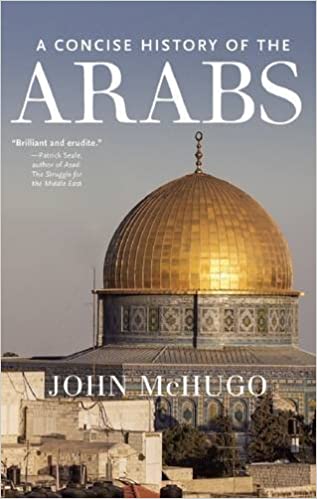
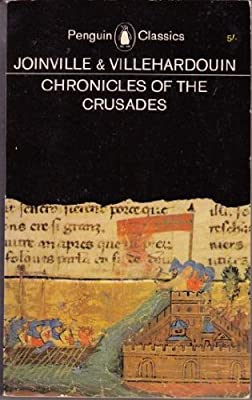
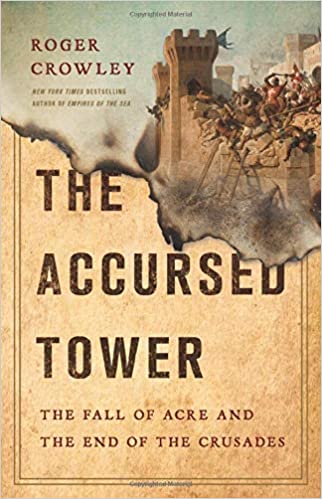
 RSS Feed
RSS Feed